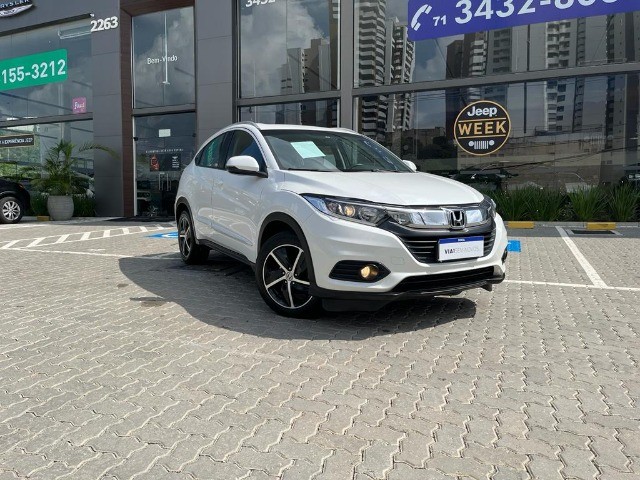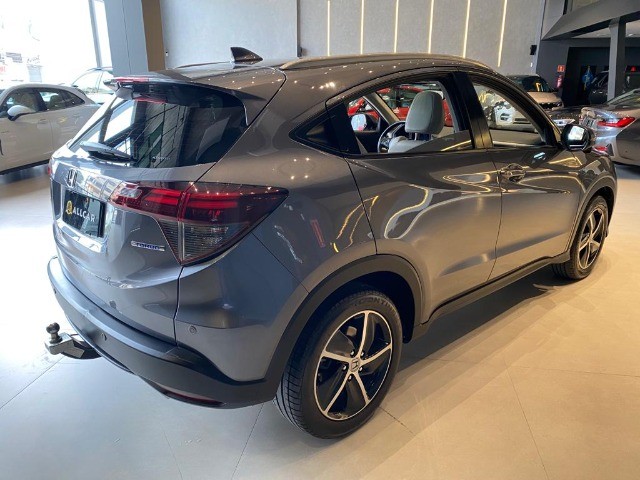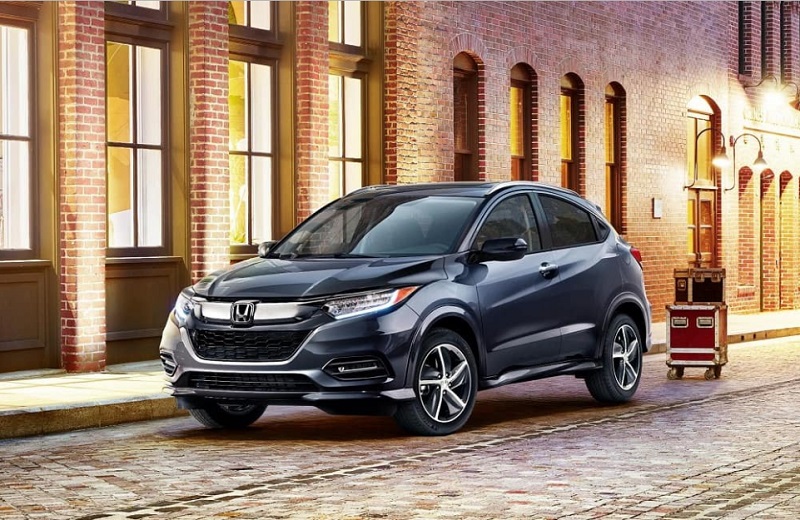
What key features do I get if I spend more? The VTi uses 6.6 litres/100km on the official test (city and country combined), and the others use about 5 per cent more.Ī continuously variable automatic transmission (CVT) is the only gearbox available. It uses the least fuel in the least expensive model, the HR-V VTi, because that is slightly lighter than the more lavishly equipped VTi-S and RS. There is only one engine in the HR-V, a 1.8-litre petrol four-cylinder. Which engine uses least fuel, and why wouldn't I choose it? What features does every Honda HR-V have?Ĭruise control, a reversing camera with normal, wide and top-down view modes, and climate control air-conditioning (which can maintain a set temperature).Įvery Honda HR-V carries a five-year warranty, with no limit on the distance travelled. The Honda HR-V drives its front wheels, and it is classed as a small SUV, lower priced.

Subtle sculpting of the cushion, which is the norm, would have improved thigh support.ĭriving under 80km/h on the space-saver spare until you can fix your full-sized flat tyre.

Keeping comfy on long drives: the front seat bases feel flat. The parcel ‘shelf’ over the rear cargo area – it’s a flimsy mesh/cloth item that seems like a design afterthought. It feels smooth and easy to drive, and offers auto-braking and other advanced safety tech across the range. Its excellent interior has more passenger and cargo space than most alternatives, thanks in large part to the versatility of its ‘Magic’ rear seats.

Honda’s biggest seller in Australia, the HR-V is an athletic-looking small SUV with lots of standard equipment.


 0 kommentar(er)
0 kommentar(er)
